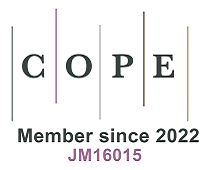fig7

Figure 7. (A) The photograph and cross-section SEM image of MAPbI3 wafer. (B) Device stack of the MAPbI3-wafer-based X-ray detector. (C) Time-resolved photocurrent at E = 0.2 V µm-1 with different dose rates. (D) Extracted charge vs. electric field. (E) Extracted charge for the MAPbI3 sample and the reference detector. (A-E) is quoted with permission from Shrestha et al.[59]. (F) Schematic illustration of the isostatic-pressing process. (G) Arrhenius plots of the temperature dependence of kTvs. 1,000/T. (H) Device response to X-rays (138.7 μGyair s-1) under an electric field of 0.1 V μm-1. (I) X-ray sensitivity under different electric fields. (F-I) is quoted with permission from Yang et al.[109]. (J) Schematic illustration of PbI2-DMSO assisted isostatic pressing of the MAPbI3 wafer. (K) Cross-sectional SEM images, (L) Photoconductivity, and (M) X-ray current densities as a function of the dose rate of PbI2-DMSO-assisted MAPbI3 wafers. (J-M) is quoted with permission from Liu et al.[110]. (N) Schematic illustration of the preparation process of microcrystalline films. (O) Cross-sectional SEM images, (P) the X-ray response under 0 V bias, and (Q) X-ray photocurrent density vs. dose rate of the pristine and hot-pressed microcrystalline films. (N-Q) is quoted with permission from Li et al.[57].









